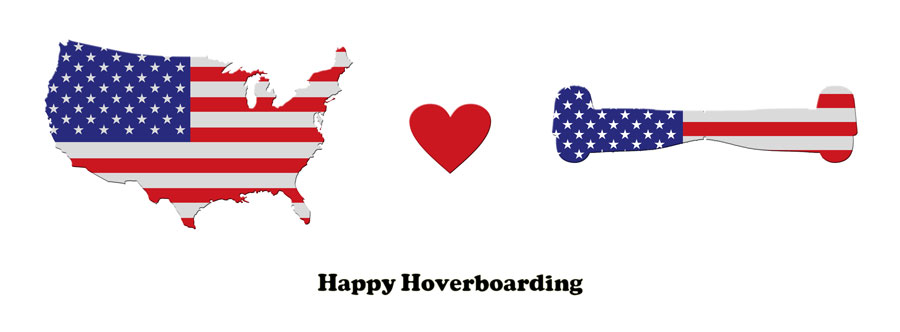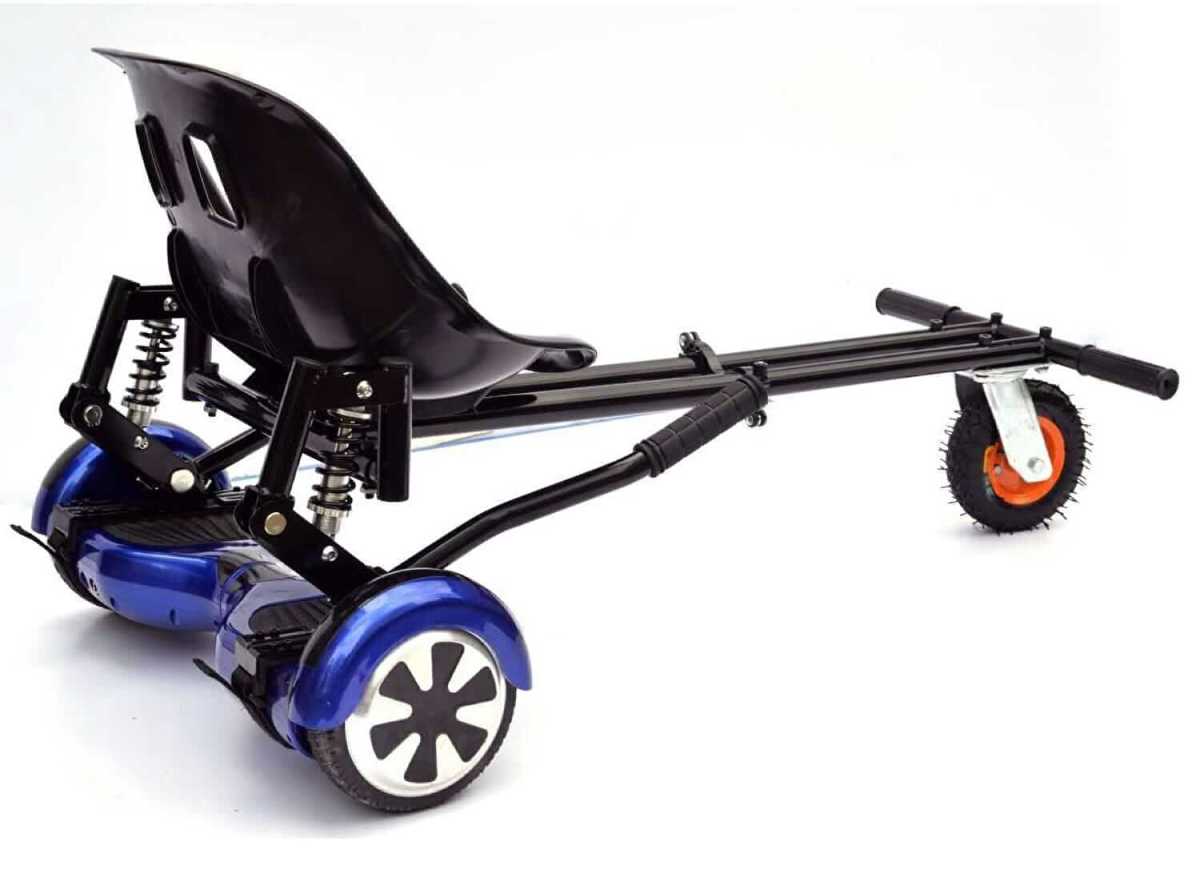Best hoverboard carts - complete guide to hoverkartsHoverboard karts will completely transform your experience with…
Mini Segway – Not a Segway, but a handlebar-less hoverboard or a mini self-balancing scooter
Mini Segway - not the Segway, but a mini handlebar less version of it, that makes the rider look like he or she is gliding. Which is why it is more popularly known as a hoverboard!
Mini Segway is one of the terms used to describe the hoverboard. The name is understandable as the hoverboard’s basic principle emanates from the Segway. The first Segway was unveiled to the public on December 3, 2001 in Bryant Park, New York City, in the Good Morning America program on the ABC News channel. It was called the first Segway Human Transporter and it could go u to a speed of 12 miles per hour and did not use brakes.
Dean Kamen – inventor of the Segway
The creator of the Segway was Dean Kamen. Dean who was born in Long Island, New York, attended Worcester Polytechnic Institute, but dropped out before graduating. He was doing five years of private research for something known as the Auto Syringe, which is an drug infusion pump. He started his first company with Auto Syringe.
His current company is known as DEKA, and it is involved in various inventions, including the Luke Arm a prosthetic arm that will be controlled by neural signals.
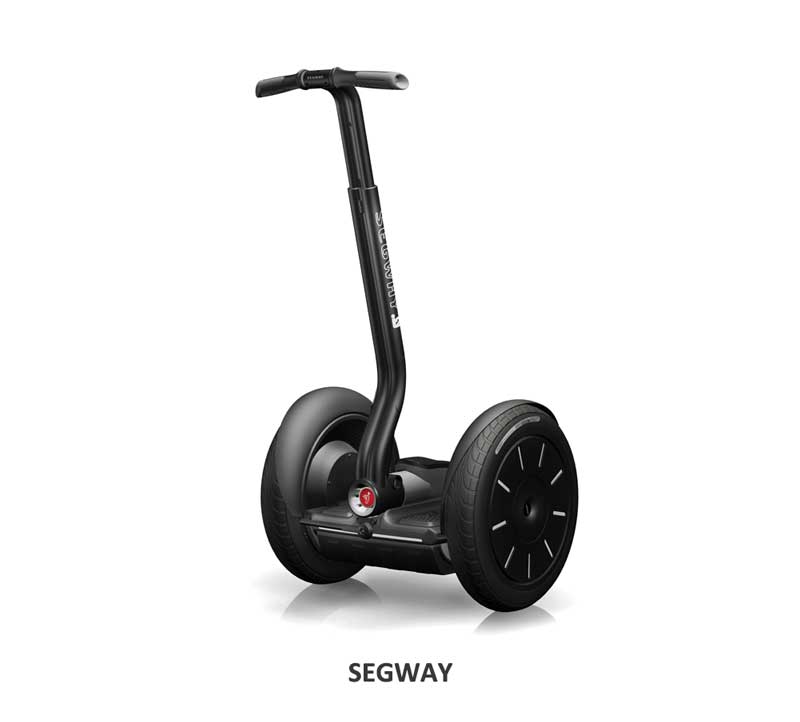
Origins of the Segway
Dean got the basic principles of the Segway from an all terrain electric wheelchair that he developed called the iBOT. It used many of the gyroscopic balancing technologies that were used in the Segway.
Once the Segway was launched in 2001, it came to be known as the Segway Human Transporter, the first self-balancing, electric-powered transportation machine. The Segway uses five gyroscopes and a built-in computer.
The Segway’s speed and direction is controlled by the rider by shifting weight and by using the handlebars to turn. The Segway that was demonstrated initially could move easily on the pavement, on grass and over small obstacles.
The Segway used something known as Dynamic Stabilization as the core of the revolutionary personal transportation vehicle. The self-balancing was achieved through gyroscopes and tilt sensors that monitor a rider's center of gravity about 100 times a second.
Segway produced three initial models, the i-series, the e-series, and the p-series. In 2006 they launched their second-generation designs, the i2 and x2. Segway the company is a Manchester, NH, based business, and was founded by Dean Kamen.
Mini Segway – a whole new design, an instant craze
The Mini Segway was designed originally by Shane Chen, a Seattle engineer. He unveiled it in a kickstarter project in 2013, the company was Inventist and the self-balancing personal transportation board was given the brand name of Hovertrax.
Chen decided to manufacture this new device through Chinese manufacturers. In no time, the hoverboard design was being manufactured by thousands of companies in China. In the Shenzen technology zone itself there are more than a thousand manufacturers making hoverboards.
11,028,207 views at last count
This YouTube video of the Mini Segway got over 11 million views!!
A very large Chinese manufacturer CHIC made the Chic S1 hoverboard, and the then IO Hawk used that design. The name of the Chinese company is Hangzhou Chic Intelligent Technology Co. and here is a photo of its headquarters in china.

Things are still unclear about who owns the patent to hoverboards.
The current belief is that when Shane Chen started his kickstarter project in 2013, the Chinese manufacturer Chic Robotics copied the idea and manufactured their own mini Segways or self-balancing balance boards. Chich Robotics is also known as Hangzhou Chic Intelligent Technology.
Chic Robotics created a self-balancing hoverboard and brought it to the massive Canton Trade Show in China. From here it became a manufacturing frenzy and thousands of Chinese companies reverse engineered and copied the concept. In the US, companies like IO Hawk and Phunkee Duck used Chic Robotic’s hoverboards and rebranded them to sell in the US.
Chen holds the U.S. Patent Number 8,738,278, which says “Two-wheel, self-balancing vehicle with independently movable foot placement sections.” The latest unconfirmed news is that CHIC has bought the patent from Shane Chen.
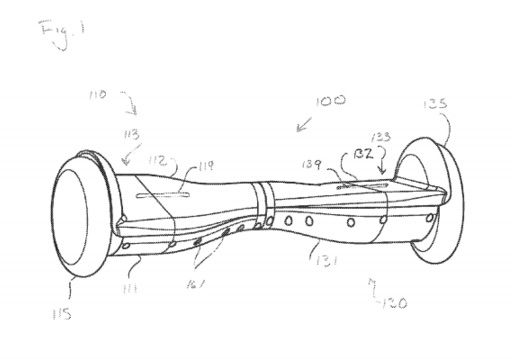
The entire scenario is still very murky and unclear, not just in the United States but in China too.
The Mini Segway that now known more as the hoverboard became a massive hit as the most popular Christmas present of 2015. In fact there was one hoverboard flying off the shelves of eBay every 10 seconds.
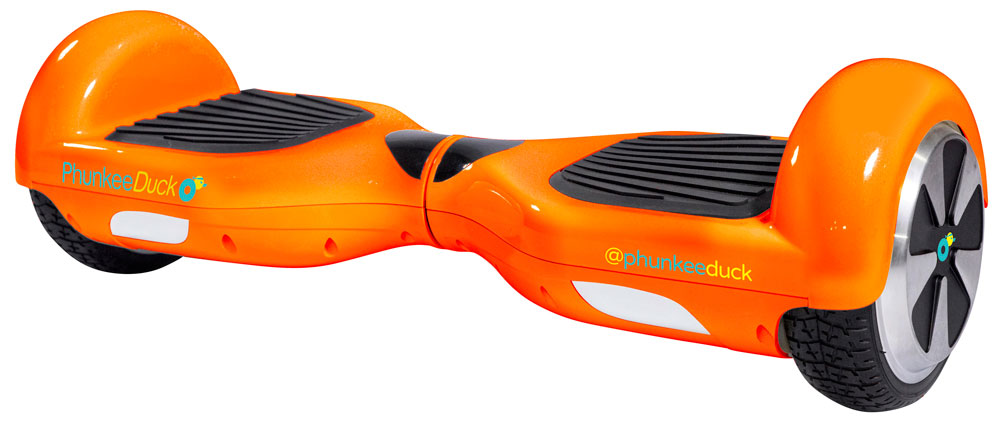
Currently hoverboards are caught up in a safety controversy, with many fire related incident reported in connection with hoverboards catching fire due to faulty batteries. The lithium ion batteries used by cheap Chinese manufacturers are catching fire on overcharging or on getting damaged and there has been several instances of homes burning down because of it.

Mini Segway is going to improve
Currently there is a movement to bring in new safety guidelines and enhance the design of the hoverboard to make it safe and better. Thus the future is all about manufacturing safer and better mini Segways or hoverboards.
